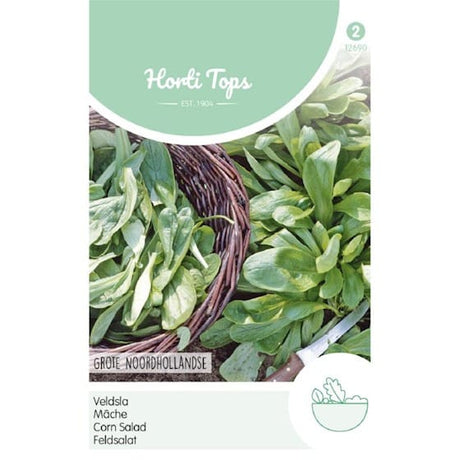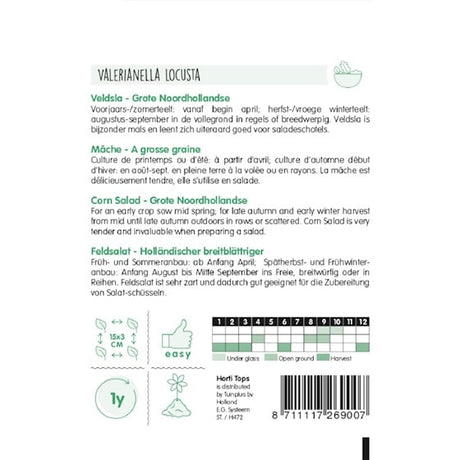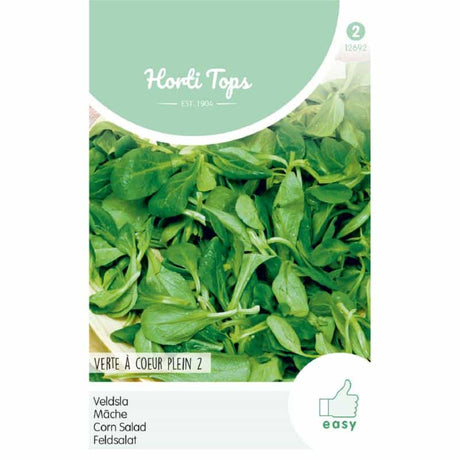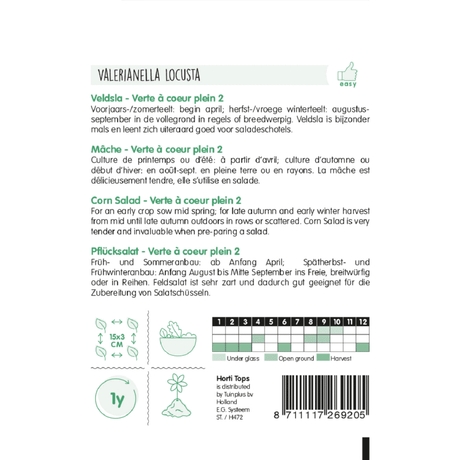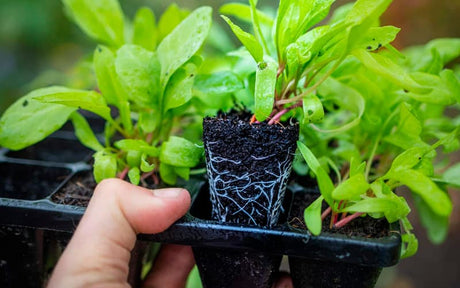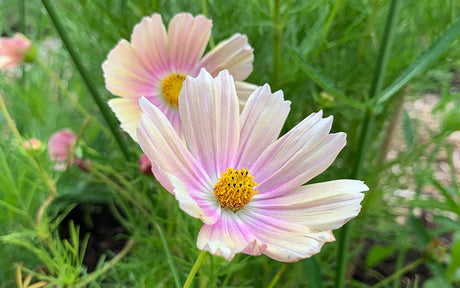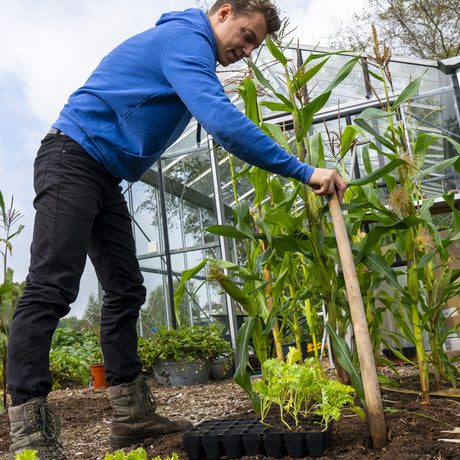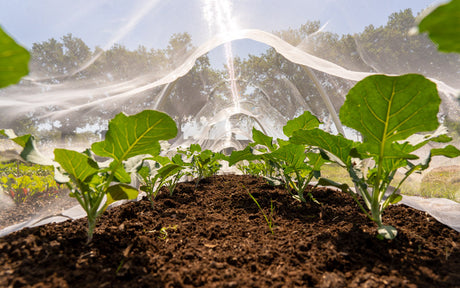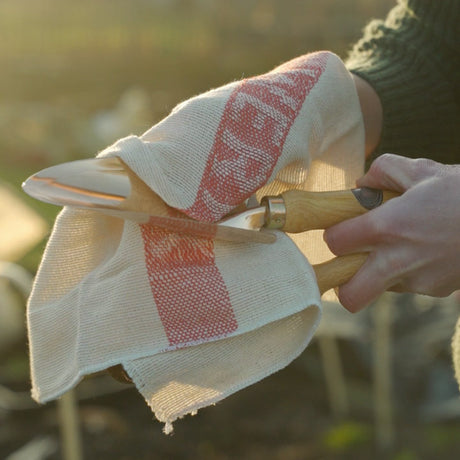Lamb’s lettuce, with its mild, nutty flavor and tender leaves, is a gourmet salad green that thrives in cooler temperatures. Perfect for autumn and winter gardens, this crop can even be grown under cover during frosty months. Discover advanced techniques to cultivate lamb’s lettuce successfully, ensuring robust growth and bountiful harvests.
Growing Lamb’s Lettuce for Exceptional Harvests
Growing Requirements of Lamb’s Lettuce
Lamb’s lettuce is distinct from other salad greens in its preference for cold weather, making it an excellent choice for extending the salad season into the colder months. It requires well-drained soil rich in organic matter.
Sowing Lamb Lettuce Seeds
For optimal results, sow lamb’s lettuce seeds shallowly, no more than 0.5 cm deep, in a seed tray or in rows 15 cm apart. This crop benefits from denser planting, which helps to protect the delicate leaves from harsh weather. Utilize a fine seedbed to ensure even coverage and light soil contact, crucial for good germination. Consider using a seed mat or fine vermiculite covering to maintain moisture during the germination period without causing crust formation on the soil surface.
Watering and Mulching Insights
While lamb’s lettuce needs consistent moisture to flourish, it's crucial to avoid waterlogging. Implement a drip irrigation system for precise water control, which is especially beneficial during the establishment phase. During colder months, use mulch to insulate the soil and maintain consistent soil temperature, which will also help retain soil moisture and suppress weed growth.
Preventing Bolting and Maximizing Flavor
Lamb’s lettuce tends to bolt if subjected to long daylight hours and warm temperatures. To extend the harvesting period and improve flavor, use shade cloths in warmer weather or choose a planting site that receives partial shade. This will ensure the leaves remain tender and mild-tasting, even as temperatures rise.
Harvesting Techniques for Peak Freshness
Harvest lamb’s lettuce when the rosette is fully formed but before it reaches full maturity to capture the best flavor and texture. The leaves can be cut about 2-3 cm above the crown to encourage a second growth, providing a continuous yield from a single planting. Harvest in the morning when the leaves are most turgid for optimal freshness and shelf life.
Lamb Lettuce Pest Management
Lamb’s lettuce is susceptible to slug damage, especially in moist conditions typical of its growing environment. Employ organic slug controls like copper tape or beer traps early in the season. Also, keep an eye out for aphids during warmer spells and treat with ECO Pesticides or neem oil as needed.


